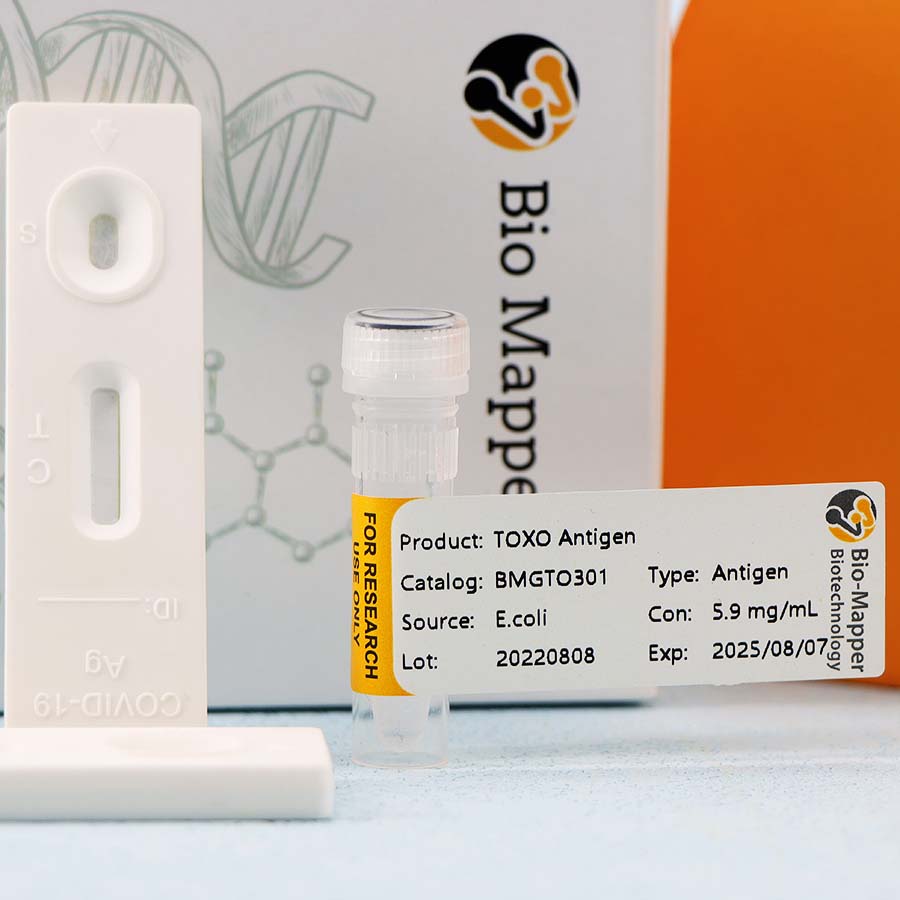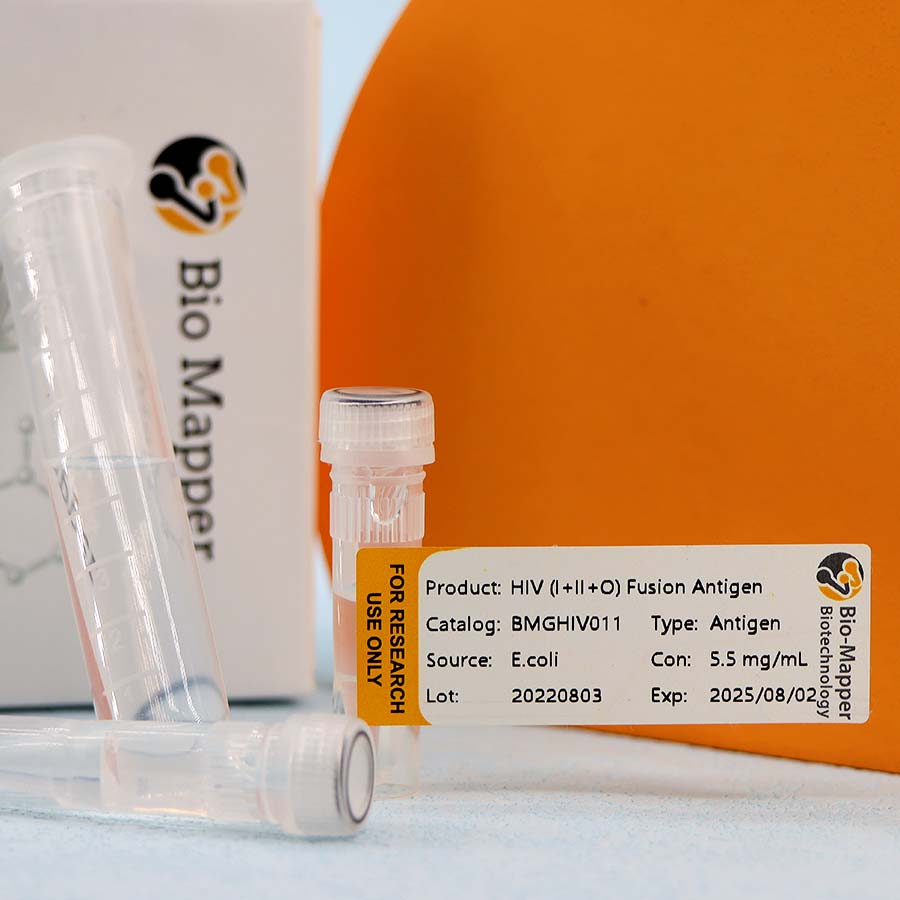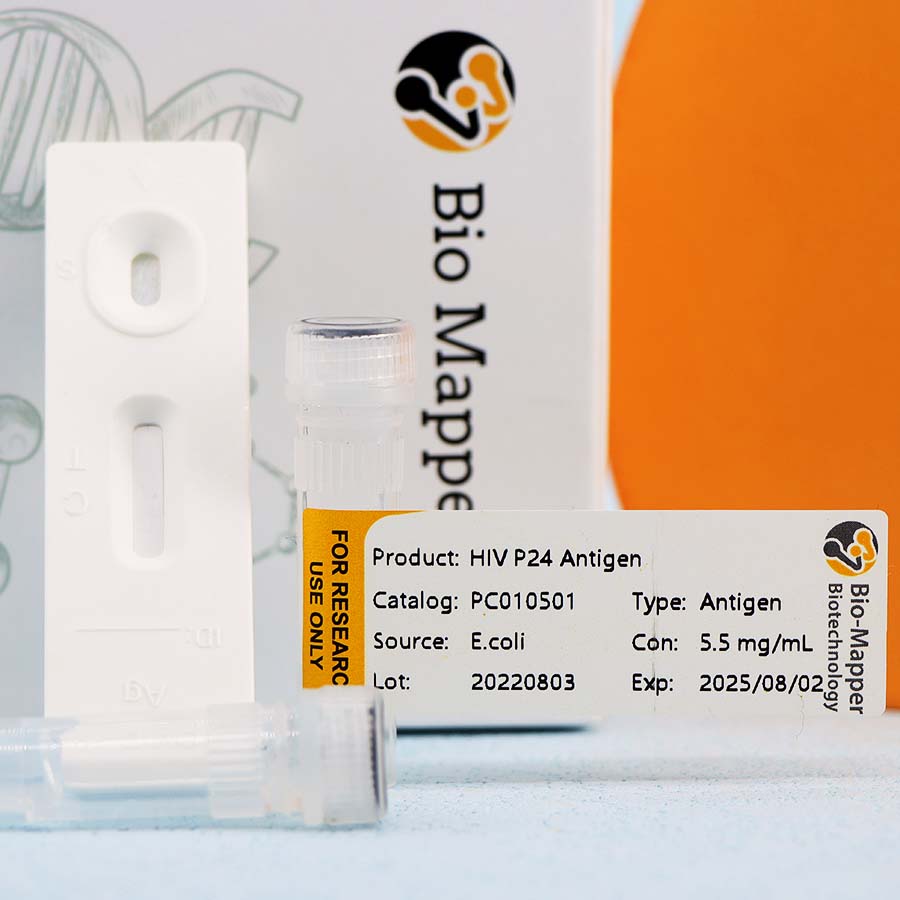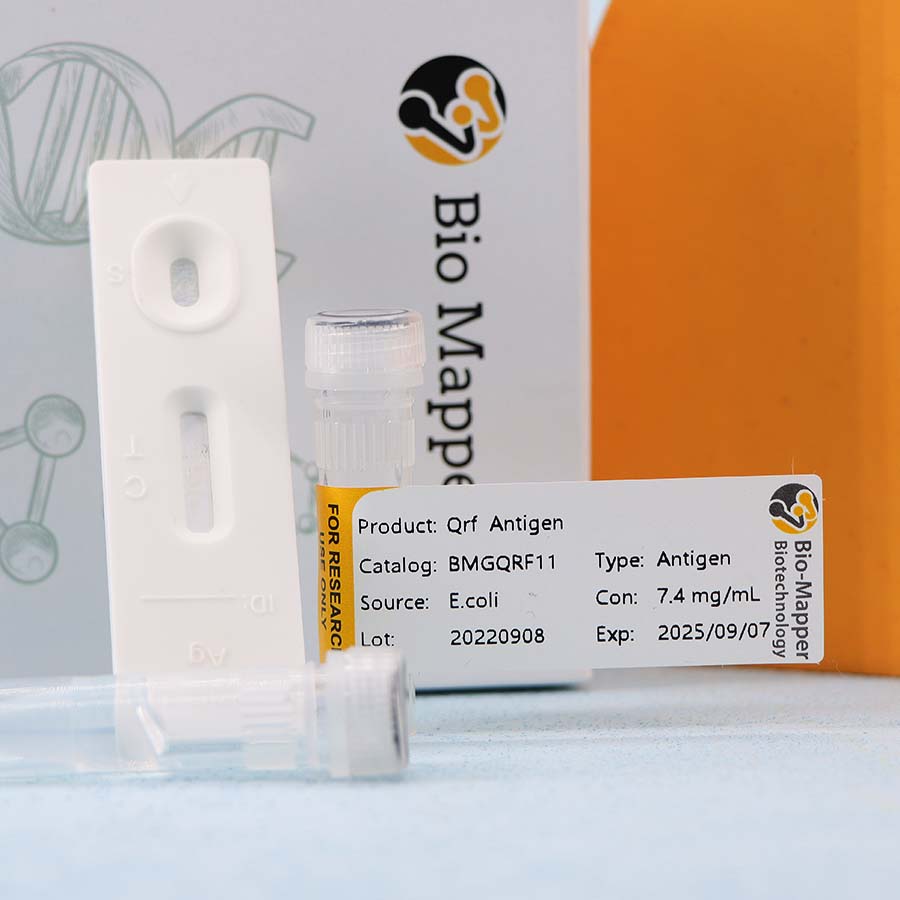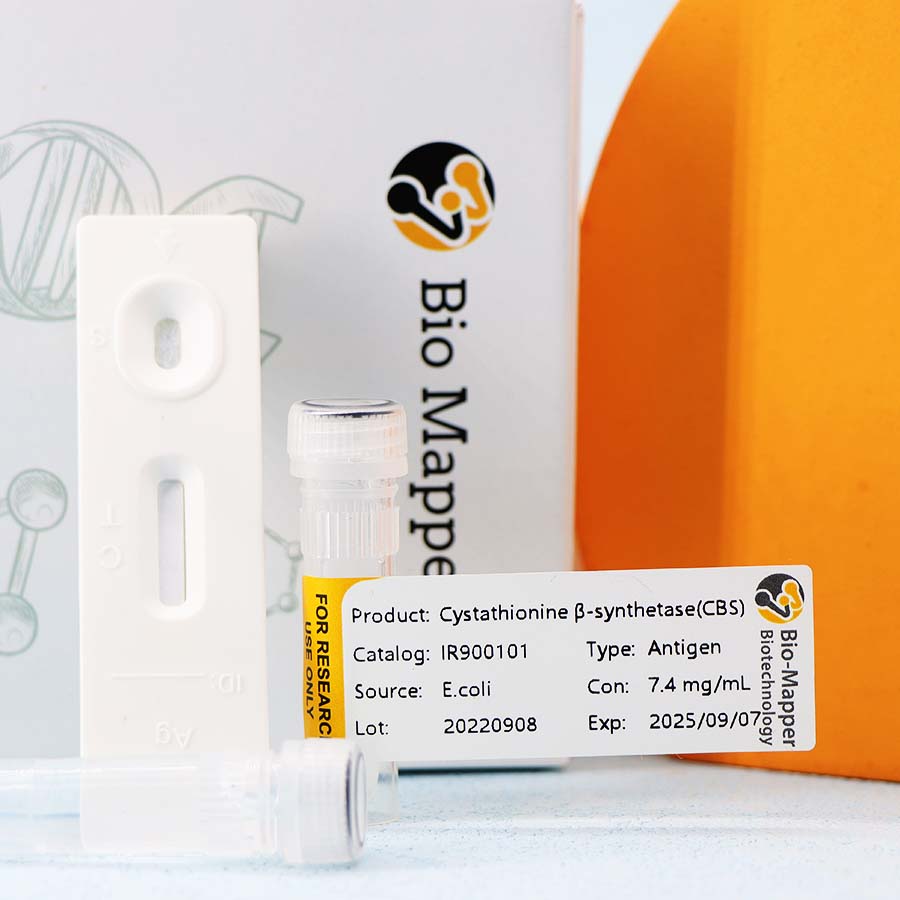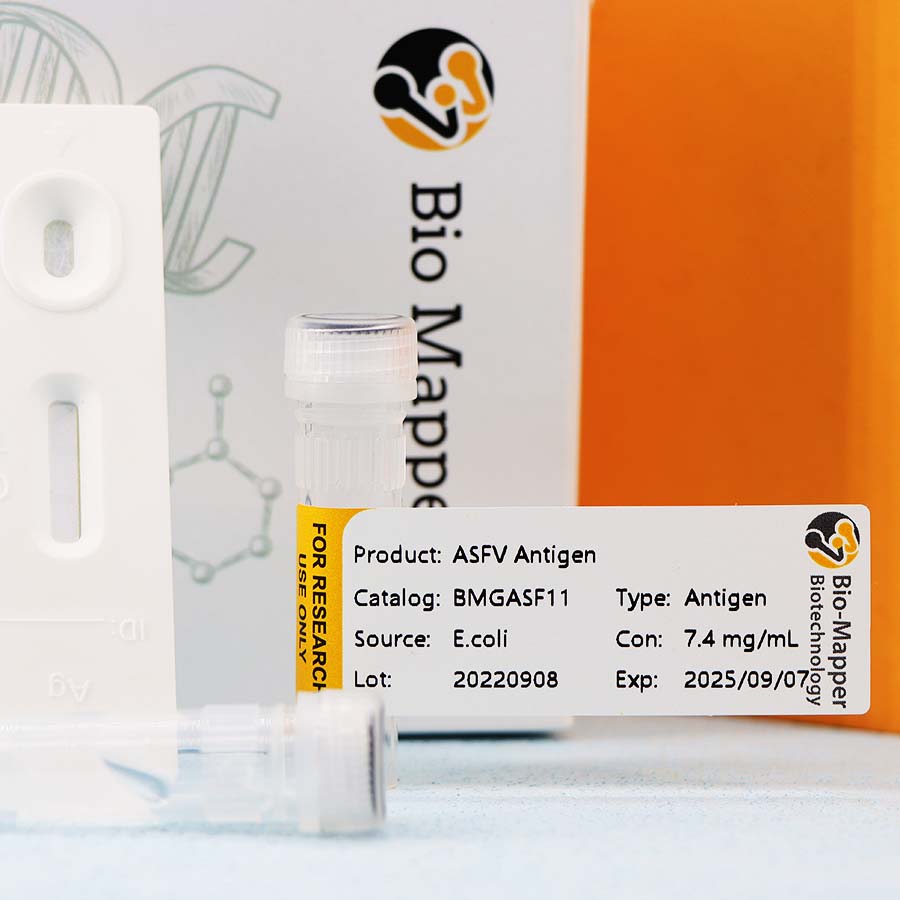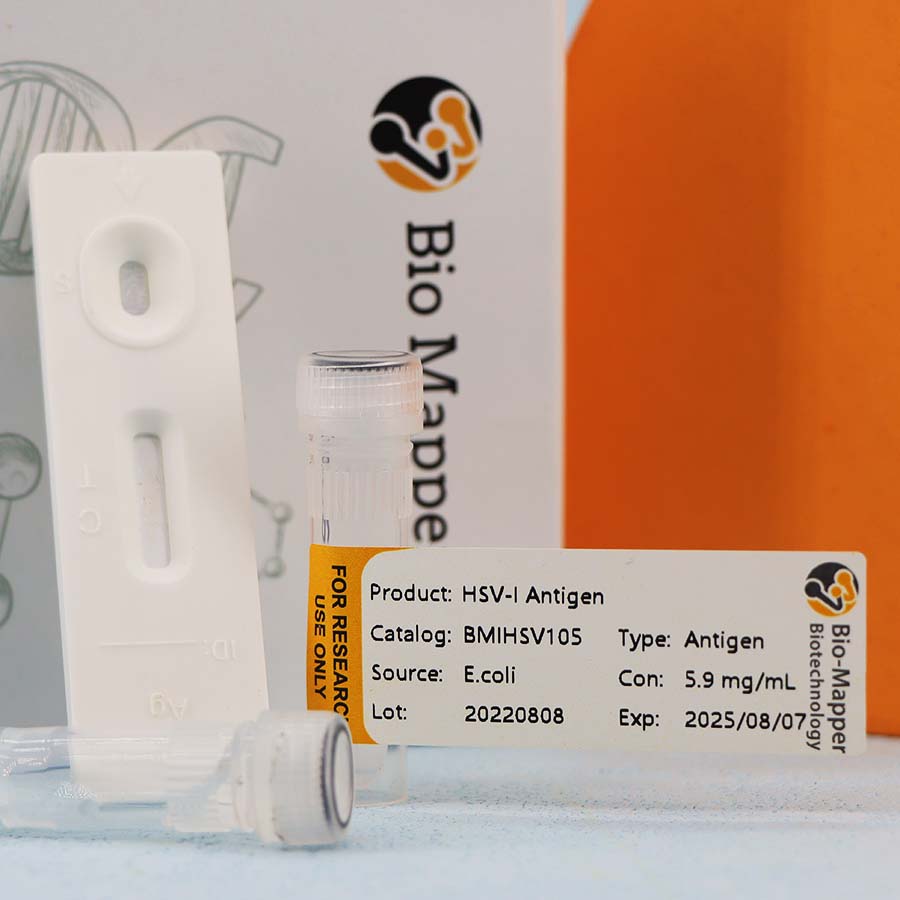Basic information
| Product Name | Catalog | Type | Host/Source | Usage | Applications | Epitope | COA |
| TOXO Antigen | BMGTO301 | Antigen | E.coli | Conjugate | LF, IFA, IB, WB | P30 | Download |
| TOXO Antigen | BMGTO221 | Antigen | E.coli | Conjugate | LF, IFA, IB, WB | P22 | Download |
Toxoplasma gondii, also known as toxoplasmosis, often resides in the intestines of cats and is the pathogen of toxoplasmosis. When people are infected with Toxoplasma gondii, antibodies can appear.
The clinical manifestations of children infected with toxoplasmosis vary according to the severity of the infection. Mild children infected with toxoplasmosis may have symptoms similar to colds, only showing low fever, decreased appetite, fatigue, etc. For severe children or typical cases, the following hazards may be caused:
1. Typical discomfort: the child may have a fever when the temperature reaches 38-39 ℃, and the neck lymph node may be enlarged, accompanied by nausea, vomiting, headache and other symptoms;
2. Influence on growth and development: some children may have short stature and slow weight growth due to toxoplasmosis infection;
3. Eye lesions: Toxoplasma gondii is mainly transmitted by pets. Some children have eye lesions after being infected with Toxoplasmosis. Parents should try to avoid healthy children contacting cats, dogs and other pets to avoid infection.
